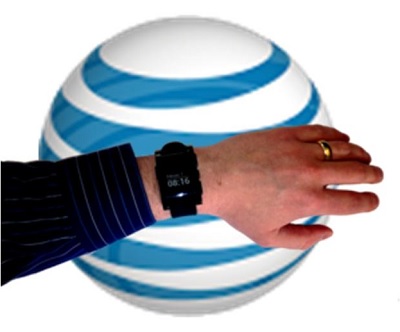The company is in direct competition with some of the largest tech players in the world.
Pebble has revealed, by way of its CEO, 27 year old Eric Migicovsky, that it is focusing on a new open wearable technology platform for its smartwatch, setting it in direct competition with some of the largest companies in the world, including Google and Apple.
Migicovsky was an Innovation Summit keynote speaker and discussed the smartwatch and its future.
This mobile technology has already been making considerable headlines after the smartwatch brought in $10.2 million through a crowdfunding campaign on Kickstarter that was held over thirty days in May 2012. The Palo Alto, California team of 10 employees has since sold tens of thousands of these devices and has carved out a considerable part of this rapidly growing marketplace.
In 2014, alone, there were 400,000 Pebble smartwatch wearable devices sold to consumers.
This year, Pebble anticipates 800,000 smartwatch sales, twice what it achieved last year. The company is now employing 81 people, with 50 at its headquarters in Palo Alto, and the remainder in other locations around the globe.
The Pebble app store was unveiled earlier this year and now includes 2,500 applications for the brand’s smartwatches. This is a major leap forward from a year ago, when the mobile device functions were limited to incoming call and text alerts. The company has recognized the vital importance of the applications and the ecosystem around those mobile apps.
This has led the company to create a serious focus on its wearable technology platform and helping to make certain that it is “what we think is the best possible platform for wearable computing,” Said Migicovsky.
It is designed to be an open platform so that mobile app developers will be able to build upon it. This is a striking direction change for the smartwatch, which had not previously focused on applications. It is also a direct reflection of the company’s intentions to continually evolve and keep up with what this market – which remains in its infancy – wants. The platform itself is cloud enabled, but Migicovsky has explained that the apps use JavaScript coding.
The telecom is the next among many companies to jump into the wearable technology market.
At a time in which it feels like every week comes with the unveiling or the launch of a new Smartwatch, AT&T also seems to be jumping on board the wearables bandwagon and will be releasing its own version of the device later on this year.
This technology news was made when an executive from the company, Glen Lurie, made the announcement.
Lurie is the AT&T president of emerging devices. He pointed out that the company would be bringing its own smartwatch into the mix and that “I think you’ll see wide-area, high-bandwidth [smart]watches this year at some point.” The telecom has a team located in Austin, Texas, that is working on thousands of different potential prototypes for wearable devices. Moreover, it is also looking into the certification of third party devices that can be used on the company’s own network, explained Lurie.
It is AT&T’s feeling that the smartwatch will be the center of all wearable technology for the first while.
Lurie stated that “a majority of stuff” that consumers will be seeing within today’s wearables marketplace will be in the form of a wristwatch. But he also pointed that this will be the start of a sector that is still very much in its infancy. He said that if the use of those devices does become popular, “and we believe it can”, then these wearables could easily become the center of all forms of wearable technology computing.
At the moment, LTE capabilities are lacking in wearable tech, which causes them to be primarily reliant on other mobile devices – mainly smartphones – in order to be able to provide notifications and download and use apps. However, when these gadgets are developed with mobile broadband connection capabilities, then it will be possible for them to become their own “independent device,” explained Lurie.
He stated that it is quite important that wearables become their own stand-alone devices in order to make them truly practical and appealing to consumers.
His company and Filip Technologies already jointly released the Filip child tracker, which is like a wristwatch and that allows the AT&T network to be used for a parent to call a child. While that product could be improved, it is just that type of idea that the telecom is hoping to bring to market in its own smartwatch models.



